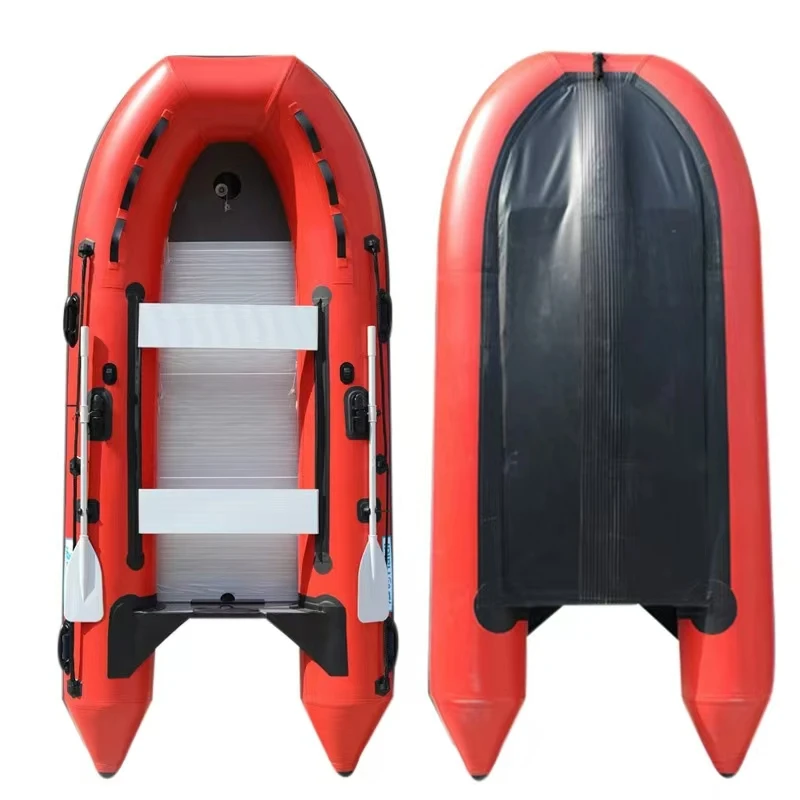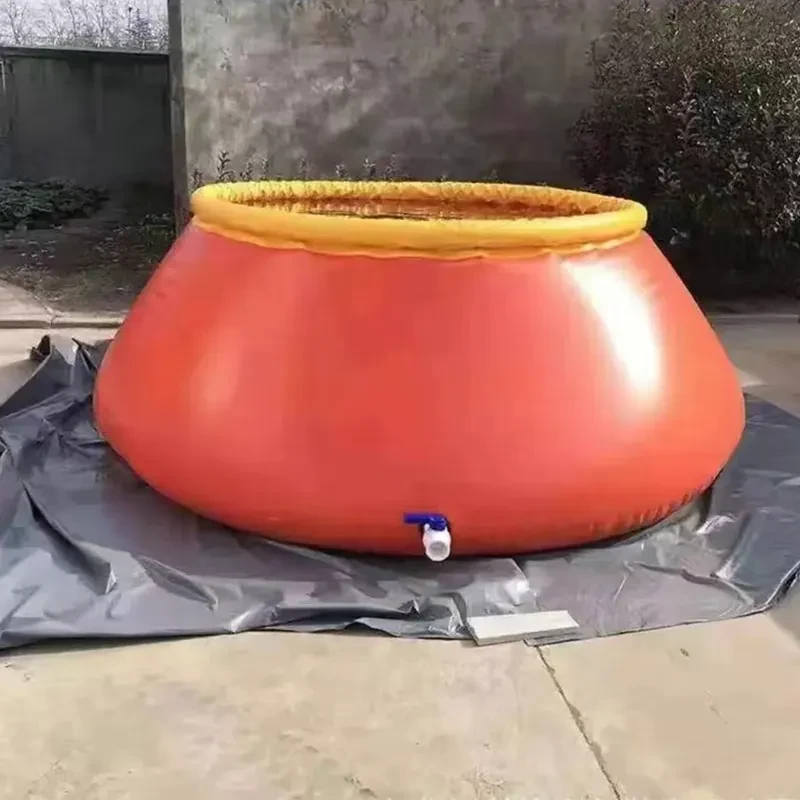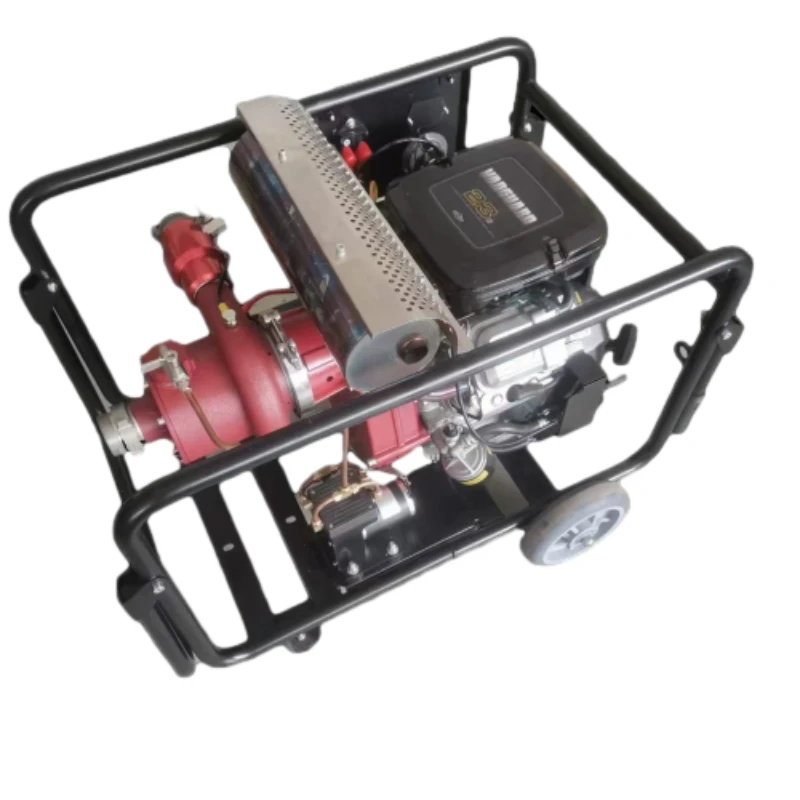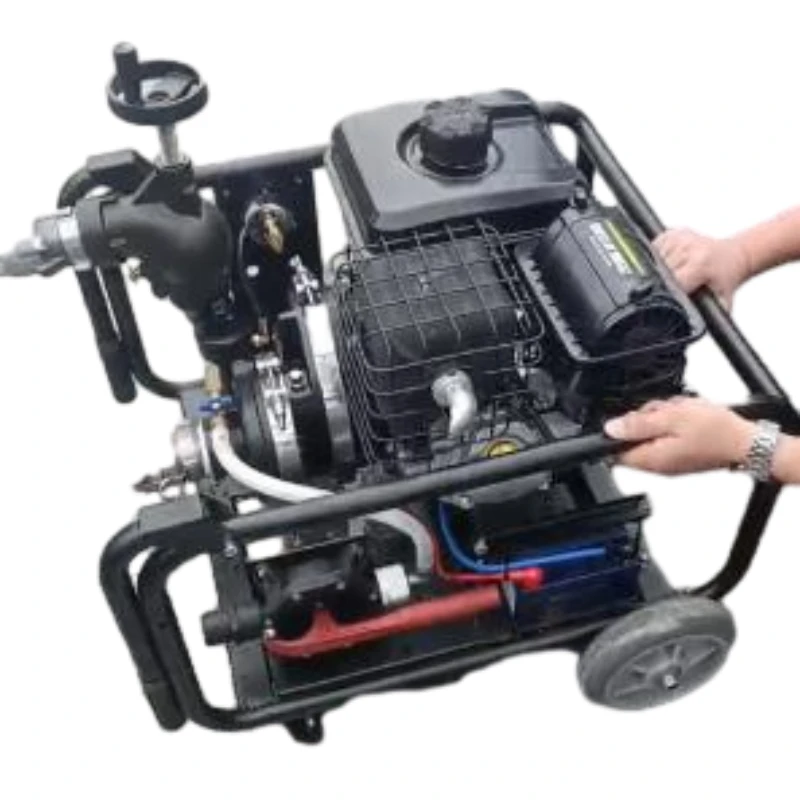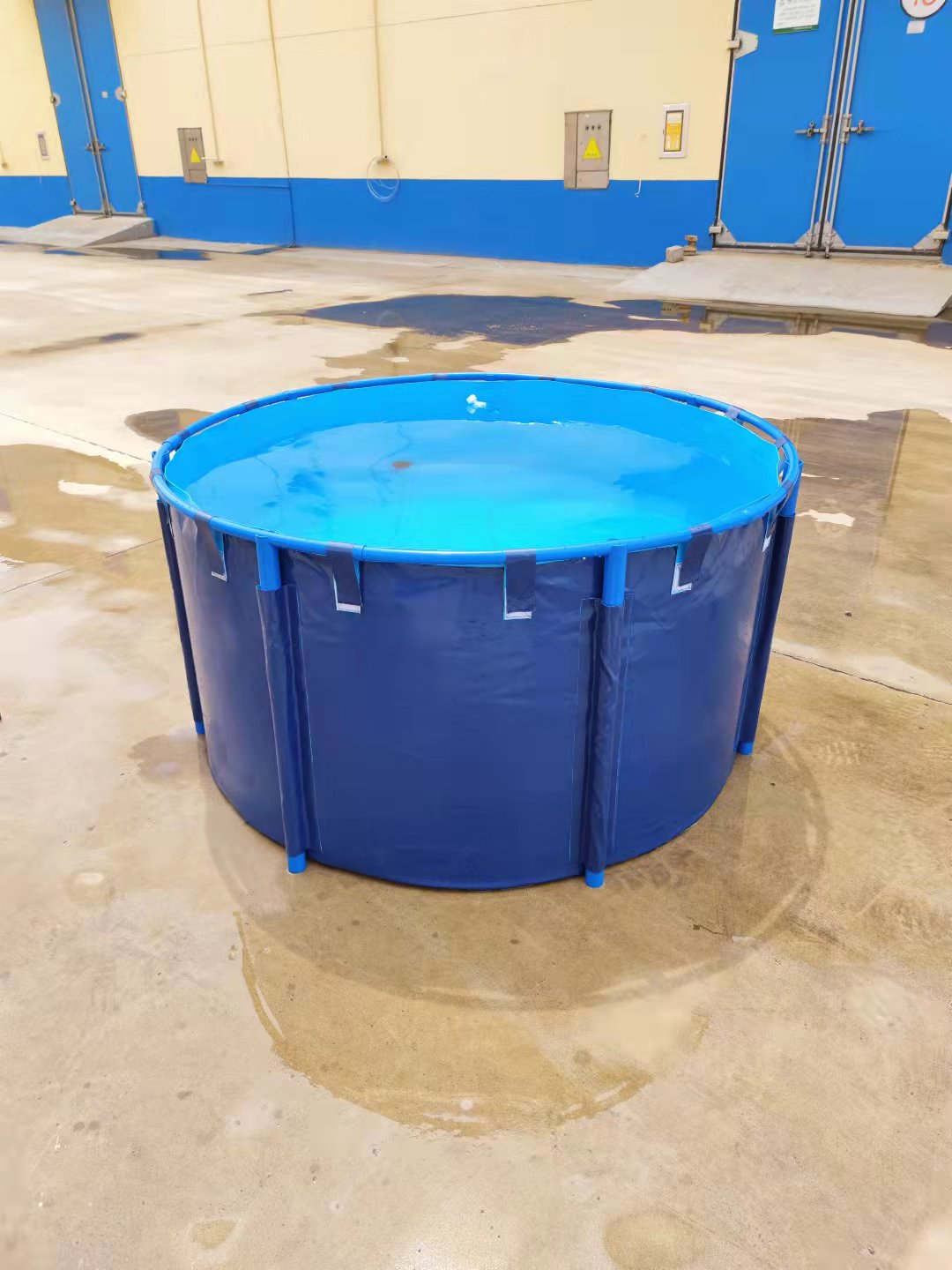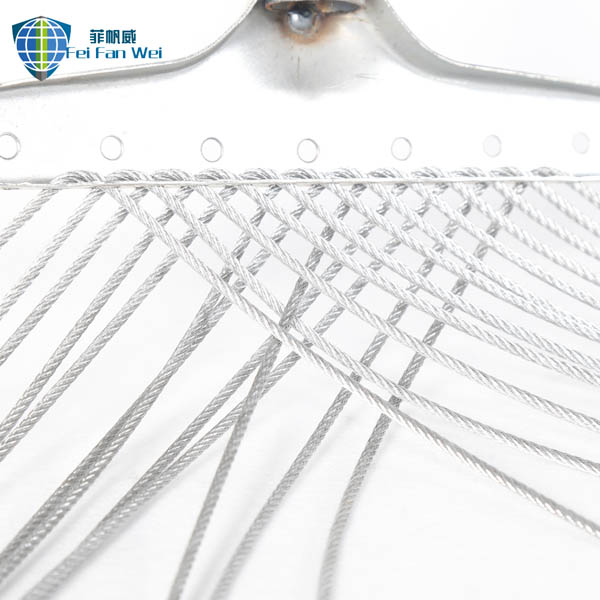When it comes to water safety, selecting the appropriate life vest is non-negotiable. Whether you’re boating, fishing, kayaking, or engaging in any water-based activity, a life vest can mean the difference between life and death. With numerous options available, understanding life vest types, différents types de gilets de sauvetage, and where to find gilets de sauvetage pour bateaux à vendre ou un life vest for sale is critical. This guide will help you navigate these choices, ensuring you make informed decisions that prioritize safety, comfort, and compliance with regulations.
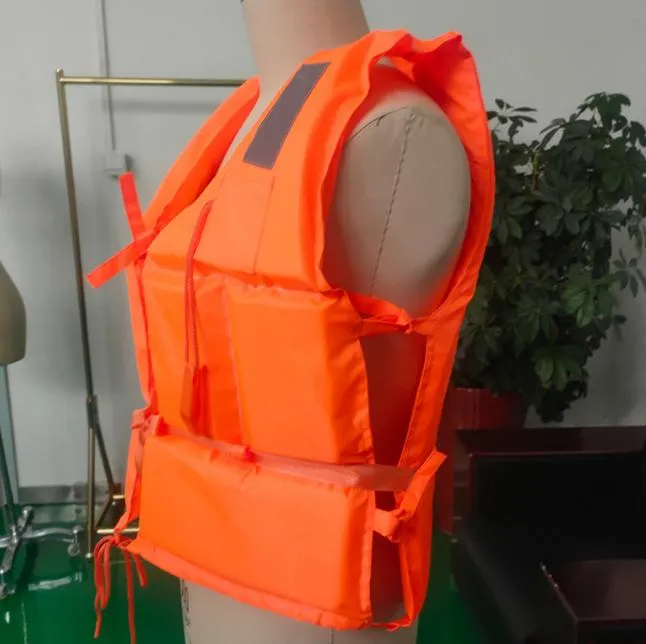
Understanding Life Vest Types for Optimal Safety
Life vest types are categorized based on their design, buoyancy, and intended use. The U.S. Coast Guard (USCG) classifies life jackets into five primary types (Type I to Type V), each suited for specific environments and activities.
- Type I: Designed for offshore use, these provide the highest buoyancy (22+ pounds) and can turn an unconscious wearer face-up. Ideal for open or rough waters.
- Type II: Near-shore vests offer moderate buoyancy (15.5+ pounds) and are suitable for calm inland waters. They may not turn all wearers face-up but are lighter and more comfortable.
- Type III: Flotation aids for conscious users in calm waters. These are popular for activities like kayaking or water sports due to their mobility and comfort (15.5+ pounds buoyancy).
- Type IV: Throwable devices like rings or cushions, meant as backups rather than primary life vests.
- Type V: Special-use vests tailored for specific activities (e.g., sailing, windsurfing). They require proper fitting and may incorporate harnesses or inflation mechanisms.
When choosing life vest types, consider the water conditions, user skill level, and activity type. For example, gilets de sauvetage pour bateaux à vendre often include Type I or II options, while Type III is preferred for recreational paddling.
Choosing the Right Life Vest Types for Your Needs
Selecting among différents types de gilets de sauvetage requires balancing safety, comfort, and functionality. Here’s how to narrow down your options:
- Buoyancy Requirements: Match the vest’s buoyancy to the water environment. Open ocean demands higher buoyancy (Type I), while calm lakes may suffice with Type II or III.
- Fit and Comfort: A poorly fitting vest can compromise safety. Ensure snug yet comfortable sizing, adjustable straps, and unrestricted movement.
- Activity-Specific Features: Look for extras like pockets, D-rings, or harnesses. For instance, gilets de sauvetage pour bateaux à vendreoften include whistle attachments and reflective tape for visibility.
- Certifications: Verify USCG or ISO compliance to ensure quality and reliability.
Bulk buyers, such as rental companies or event organizers, should prioritize durability and ease of maintenance. Many manufacturers offer life vest for sale in bulk quantities, featuring standardized sizing and rugged materials for long-term use.
Where to Find Boat Life Jackets for Sale and Life Vest for Sale
Purchasing life vests in bulk requires sourcing from reputable manufacturers or distributors. Key considerations include:
Certified Suppliers: Ensure vendors provide USCG-approved gilets de sauvetage pour bateaux à vendre or life vest for sale.
Customization Options: Bulk orders often allow logo placement or color customization for branding.
Inventory Variety: Suppliers should offer multiple life vest types to cater to diverse needs, from offshore fishing to children’s swim programs.
Manufacturers specializing in différents types de gilets de sauvetage typically provide detailed catalogs, sizing charts, and volume discounts. Whether you need 50 units for a marina or 500 for a resort, partnering with a trusted provider ensures consistent quality and timely delivery.
FAQs About Life Vest Types and Different Types of Life Jackets
What are the main differences between life vest types?
The primary distinctions lie in buoyancy, design, and intended use. Type I offers the highest buoyancy for rough waters, while Type III prioritizes mobility for calm activities.
How do I choose between different types of life jackets for children?
Opt for USCG-approved Type II or III vests with secure buckles, a crotch strap, and bright colors for visibility. Ensure the vest fits snugly without riding up.
Where can I purchase boat life jackets for sale in bulk?
Reputable manufacturers and distributors offer bulk orders online or through direct sales teams. Look for suppliers with certifications and customizable options.
Are life vest for sale products suitable for professional use?
Yes, many life vest for sale options are designed for commercial settings, including fishing fleets or rescue teams, with heavy-duty materials and compliance certifications.
Can one life vest types work for multiple activities?
Some hybrid designs (e.g., Type V) are versatile, but always check the manufacturer’s guidelines. Using a vest outside its intended purpose may compromise safety.
Choosing the right life vest is a responsibility that cannot be overlooked. By understanding life vest types, evaluating différents types de gilets de sauvetage, and knowing where to source gilets de sauvetage pour bateaux à vendre ou un life vest for sale, you ensure safety without sacrificing comfort. Whether for personal use or bulk procurement, prioritize quality, certification, and activity-specific features. With the right knowledge, you’re not just buying a life vest—you’re investing in peace of mind.









